Sequeira, AMM, Rodríguez, JP, Marley, SA, Calich, HJ, Van der Mheen, M, VanCompernolle, M, Humphries, NE, Southall, EJ, Womersley, F and Sims, DW 2025 Global tracking of marine megafauna space use reveals how to achieve conservation targets. Science, 388 (6751). 1086-1097. 10.1126/science.adl0239
Full text not available from this repository.Abstract/Summary
The recent Kunming-Montreal Global Biodiversity Framework (GBF) sets ambitious goals but no clear pathway for how zero loss of important biodiversity areas and halting human-induced extinction of threatened species will be achieved. We assembled a multi-taxa tracking dataset (11 million geopositions from 15,845 tracked individuals across 121 species) to provide a global assessment of space use of highly mobile marine megafauna, showing that 63% of the area that they cover is used 80% of the time as important migratory corridors or residence areas. The GBF 30% threshold (Target 3) will be insufficient for marine megafauna’s effective conservation, leaving important areas exposed to major anthropogenic threats. Coupling area protection with mitigation strategies (e.g., fishing regulation, wildlife-traffic separation) will be essential to reach international goals and conserve biodiversity
| Item Type: | Publication - Article |
|---|---|
| Additional Keywords: | marine megafauna, Global Biodiversity Framework, telemetry data, migratory corridor |
| Subjects: | Conservation Ecology and Environment Marine Sciences |
| Divisions: | Marine Biological Association of the UK > Ocean Biology |
| Depositing User: | Ms Kristina Hixon |
| Date made live: | 20 Jun 2025 15:13 |
| Last Modified: | 20 Jun 2025 15:13 |
| URI: | https://plymsea.ac.uk/id/eprint/10431 |
Actions (login required)
 |
View Item |


 Lists
Lists Lists
Lists